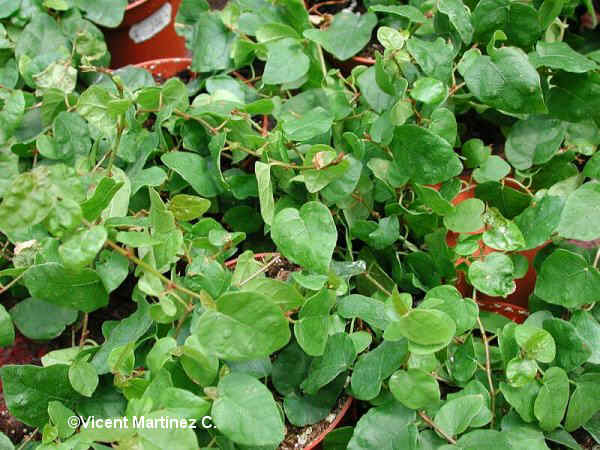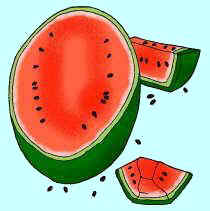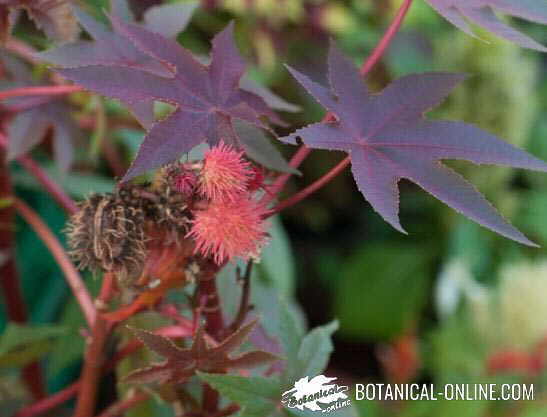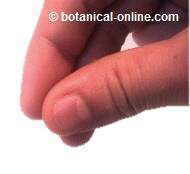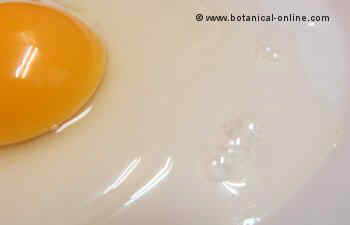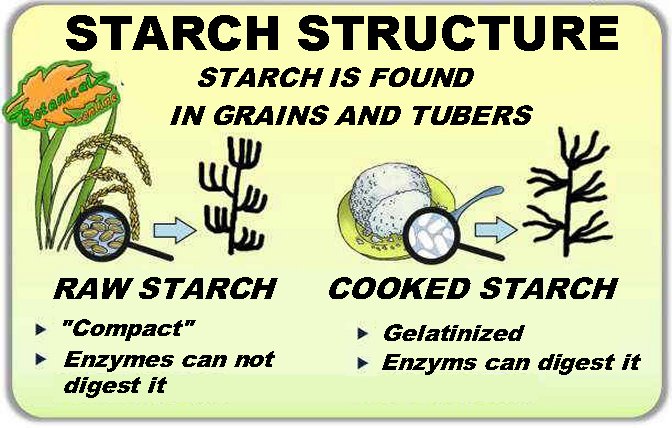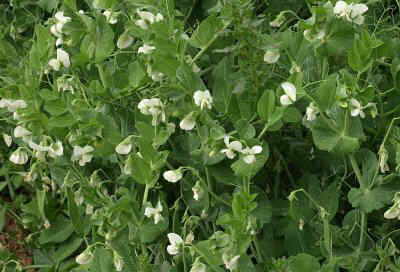Contents
- 1 Vegetable and animal food that contains a lot vitamin E
- 1.1 LIST OF FOODS RICH IN VITAMIN E
- 1.2 What is vitamin E and where do we find it in food?
- 1.3 What foods provide a lot of vitamin E?
- 1.4 Foods of animal origin rich in vitamin E
- 1.5 Vitamin E content of foods of animal origin
- 1.6 PLANT-BASED FOOD RICH IN VITAMIN E
- 1.7 Vegetable oils rich in vitamin E
- 1.8 How is it better to store oils and nuts to preserve their vitamin E?
- 1.9 List of oils richest in vitamin E
- 1.10 Amount of vitamin E in plant foods: nuts, seeds, fruits and vegetables
Vegetable and animal food that contains a lot vitamin E
LIST OF FOODS RICH IN VITAMIN E
What is vitamin E and where do we find it in food?
Vitamin E is a fat-soluble vitamin with antioxidant properties. Its role in nature is to preserve fats from food.
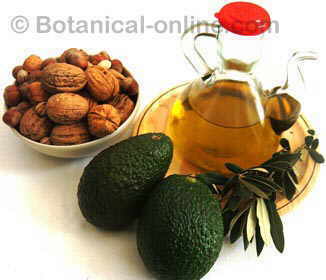
Foods high in fat usually contain a lot of natural vitamin E.
Therefore, the foods richest in this vitamin are natural foods rich in fats, such as nuts, avocados and especially unrefined vegetable oils.
What foods provide a lot of vitamin E?
To establish a reference, the recommended daily amount of vitamin E for an adult (CDR) is 10mg. of vitamin E.
There are supplements with megadoses of vitamin E, but they are not recommended and even they can be harmful to health.
* See: Dangers of vitamin E supplements
Foods of animal origin rich in vitamin E
Foods of animal origin in general are poor in vitamin E, especially in comparison with foods of vegetable origin rich in fats. They are not good sources to get the daily needs of this vitamin.
Only fatty fish (oily fish such as anchovies, salmon, tuna, sardines, etc.) and seafood (squid, prawns, prawns) deserve mention. Eggs also provide a good amount of vitamin E (especially in the yolk).
Viscera, red meat, white meat, white fish, and especially dairy products such as milk or yogurt, are poor in vitamin E.
Vitamin E content of foods of animal origin
Expressed in milligrams (mg) of vitamin E (alpha-tocopherol) per 100g
- Mollusks 6
- Snails 5
- Egg 4
- Fatty fish 4
- Ham 3,4
- Butter 2
- Prawns 2
- Caviar 2
- Creamy or fatty cheese 2
- Chicken’s liver 1.4
- Meat 1
- Milk 0.1
PLANT-BASED FOOD RICH IN VITAMIN E
Vegetable oils rich in vitamin E
Vitamin E is found mainly in vegetable oils first cold pressure and in nuts, seeds and vegetables that are rich in fat.
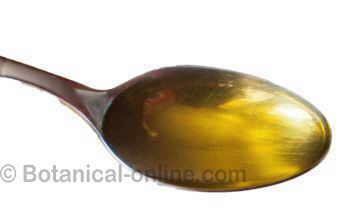
One teaspoon of virgin olive oil contains 2 mg of tocopherols. The CDR is about 10-15mg of vitamin E.
Refined oils have very little vitamin E (and for this reason they easily become rancid). Only high-pressure cold oils contain a lot of vitamin E:
The natural food richest in vitamin E is cold pressed wheat germ oil. 1 teaspoon (10gr) contains 20mg of vitamin E (200% of the CDR).
It is considered that cold pressed wheat germ oil is an adequate natural supplement to provide extra doses of this vitamin, without producing an overdose (take only 1 teaspoon daily).
How is it better to store oils and nuts to preserve their vitamin E?
Vitamin E is sensitive to light and heat, so oils and nuts should be kept in an opaque container and in a cold place. In this way, the food retains all its vitamin.
Frying the oils or leaving them uncovered causes their content of vitamin E to decrease dramatically.
List of oils richest in vitamin E
Other food oils provide very adequate amounts of vitamin E
The following list shows the vitamin E content of foods of plant origin expressed in milligrams (mg) of vitamin E (alpha-tocopherol) per 100g:
- Wheat germ oil 1st cold pressure 200
- Hazelnut oil 47
- Unrefined sunflower oil 40
- Edible almond oil 40
- Grape seed oil 28
- Canola oil 17
- Olive oil 15
- Peanut oil 14
- Soy oil 8
- Sesame oil 2
- Cocoa butter 2
- Linseed oil 1
- Coconut oil 0.3
* In bold, the most recommended oils are highlighted according to their content of vitamin E and its composition. Expand information in each one.
Amount of vitamin E in plant foods: nuts, seeds, fruits and vegetables
Plant foods are the best source of vitamin E because they provide, in addition to vitamin E, numerous components with antioxidant properties (flavonoids, vitamin C, selenium, etc.) that enhance the effect and duration of the benefits of vitamin E
The following list shows the vitamin E content of foods of plant origin expressed in milligrams (mg) of vitamin E (alpha-tocopherol) per 100g:
- Chili powder, paprika, cayenne 30-40
- Sunflower seeds (without frying) 35
- Almonds 25
- Hazelnuts 17
- Brazil nuts 6
- Flax seeds 5
- Spirulina 5
- Jalapeños (A type of pepper) 4
- Taro 3
- Spinach, turnip greens 3
- Sesame seeds 2
- Walnuts, pecans 2
- Avocado 3
- Pistachios 3
- Quinoa 3
- Kiwi, strawberries, blueberries, raspberries 2
- Dried apricots or apricots 2
- Pumpkin seeds 1
- Mangoes and peaches as 1
- Guava 0.7
- Amaranth, triticale, chia seeds, spelt 0,5-1
* In bold, those that constitute foods richer in vitamin E per serving stand out.
![]() More information on vitamin E.
More information on vitamin E.

